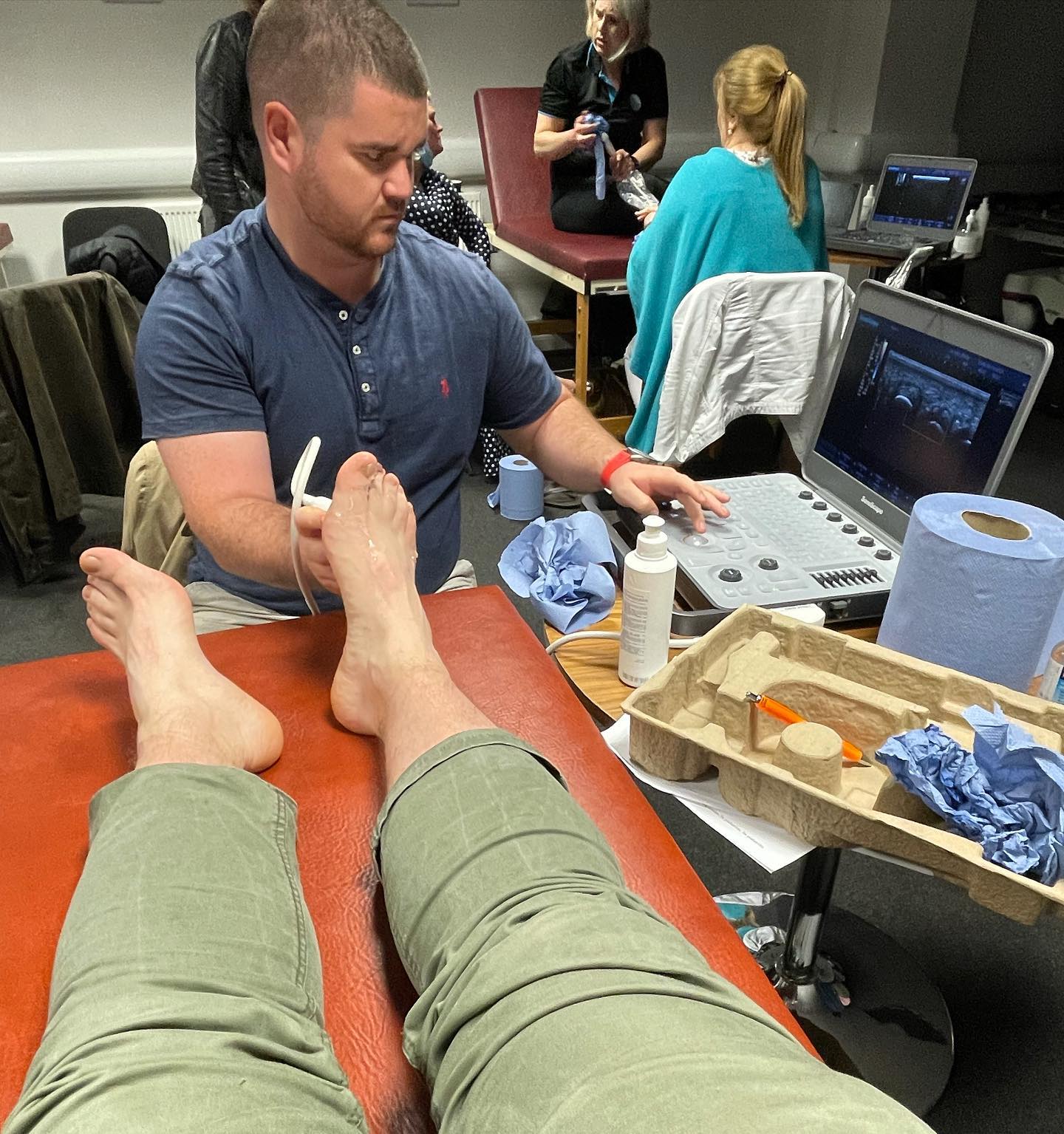What Can You Do To Manage Your Ankle Pain?
Are you suffering from unbearable ankle pain that is preventing you from doing the activities that you love? Ankle pain can be debilitating and many people don’t know how to properly manage it. By understanding where your ankle pain is coming from, what type of treatment strategies are available, and developing an action plan to treat it, you can finally find relief. In this article, we will explore the causes of ankle pain and discuss the various treatments that can help alleviate it so that you can get back on your feet and live a full life once again!
Identify the cause of your ankle pain
If you’ve been experiencing pain in your ankle, it’s important to identify the root cause in order to receive proper treatment and prevent further damage. Ankle pain can be caused by a range of factors, including acute injury or underlying health conditions such as arthritis and gout. Professional medical attention can help diagnose the specific cause of your pain and guide you toward the most effective treatment approach. Ignoring ankle pain and continuing with daily activities can worsen the condition, leading to further complications.
Try conservative treatments first such as rest, ice, compression, and elevation
Injuries can be a frustrating setback to our daily routine, but before seeking out more invasive treatment options, it’s always best to try conservative measures first. Rest, ice, compression, and elevation (also known as RICE) have been a go-to treatment for all types of injuries, from sprains to strains. These methods aim to reduce the swelling and pain associated with an injury, allowing the body to naturally heal itself without the need for surgery or medication. By practicing self-care and incorporating these simple remedies into our daily routines, we can give our bodies the time and space needed to heal properly.

Ankle Pain Treatment
If the pain persists, seek medical advice from a doctor or physical therapist
If the pain persists, consulting with a medical professional such as a doctor or a physical therapist is highly recommended. Only a licensed healthcare provider has the expertise to diagnose the root cause of the pain and recommend an appropriate course of action. Ignoring persistent pain can not only worsen the condition but also lead to serious complications. Seeking medical help is not a sign of weakness but rather a proactive step toward restoring your health and well-being. It is important to prioritize your health and seek timely medical advice to avoid any potential long-term consequences.
Consider wearing supportive shoes or orthotics to relieve pressure on the ankles
If you’re experiencing pain or discomfort in your ankles, it may be worth considering investing in supportive shoes or orthotics. These specialized footwear options can help distribute pressure and support your feet and ankles, alleviating some of the strain you may have been experiencing. While it may seem like a small adjustment, the benefits of properly supporting your feet can be substantial and can allow you to stay active and pain-free for longer. Consulting with a professional or exploring different options online can help you find the perfect fit for your feet and your lifestyle.
Use non-steroidal anti-inflammatory drugs (NSAIDs) to reduce swelling and inflammation
Non-steroidal anti-inflammatory drugs, or NSAIDs, are a class of medication known for their ability to reduce swelling and inflammation. These drugs work by inhibiting the production of prostaglandins, which are hormone-like substances that contribute to the pain and inflammation associated with injury or illness. As a healthcare professional, it is important to understand the different types of NSAIDs available, including ibuprofen, naproxen, and aspirin, and be able to recommend the appropriate dosage and duration of treatment for each patient. While NSAIDs can be effective in managing pain and inflammation, it is important to note that they can have side effects, such as stomach ulcers and kidney damage, especially with prolonged use or in high doses.
In conclusion, ankle pain can be an issue that impacts your quality of life. Understanding and addressing the cause of your ankle pain is important in helping you find relief and return to your normal activities. Identifying the source of the problem might involve calculating if the cause is from an injury or from an underlying health condition such as arthritis or gout. Finally, seeking medical advice from a doctor or physical therapist is recommended if the pain persists so that you can get prescription medication like NSAIDs to reduce swelling and inflammation. By utilizing these tips in conjunction with each other, you should see a reduction in your ankle pain in no time!

Foot and Ankle Specialist
Flagstaff Foot Doctors: Anthony Rosales DPM
https://www.google.com/maps?cid=8835841318590452161
421 N Humphreys St, Flagstaff, AZ 86001, United States
(928) 774-4825
https://flagstafffootandankle.com/
